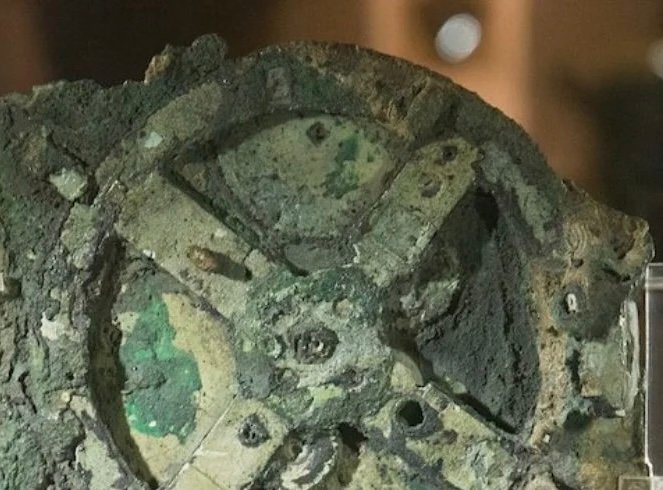The Apollo statuettes found during the excavations in Claros, the oldest center of prophecy in the world according to archaeological data, are on display for history enthusiasts for the first time at the Izmir Archaeological Museum.

Excavations continue in the ancient prophecy center of Claros, which is dedicated to Apollo, a god associated with fire, light, sun and reality in Greek mythology, in the Menderes district of western Izmir province. The statues that are unearthed at the prophecy center are believed to be around 2,600 years old.
As part of its “You Will See What You Can’t See” project, the museum introduces a new, special artifact to visitors every month. Apollo statuettes from Claros are this month’s guest of the museum. A bust of Apollo, seven Apollo statuettes and a seal began to welcome mythology enthusiasts in the Treasury Room of the Izmir Archeology Museum.
It is estimated that the basalt seal is 2,800 years old while the terracotta Apollo statuettes are 2,500 years old. And the marble Apollo bust is thought to date back to 2,000 years ago.
Symbolizing immortal youth
Izmir Archeology Museum Director Cengiz Topal told Anadolu Agency (AA) that in mythology, Apollo, the son of Zeus and Leto and the twin of Artemis, is referred to as a god of Anatolian origin.
Explaining that the cult of Apollo is generally associated with the water source and the cave, Topal stated that Apollo, who is also the god of immortal youth, is depicted as a young, beautiful, beardless man with curly hair that goes down to his shoulders, and holding the ancient instrument of the lyre in the statuettes.
Noting that Apollo is believed to bring peace to society as well as harmony in music, he said: “This mythological character, seen as the founder of cities and the protector of laws, was of great importance in ancient times.
The star piece of the latest Apollo display in the museum may be the 2000-year-old bust depicting the Greek god, according to Topal. The museum director added that the “You Will See What You Can’t See” project will exhibit the works dedicated to Aphrodite, known as the goddess of love and beauty in mythology, in June.


